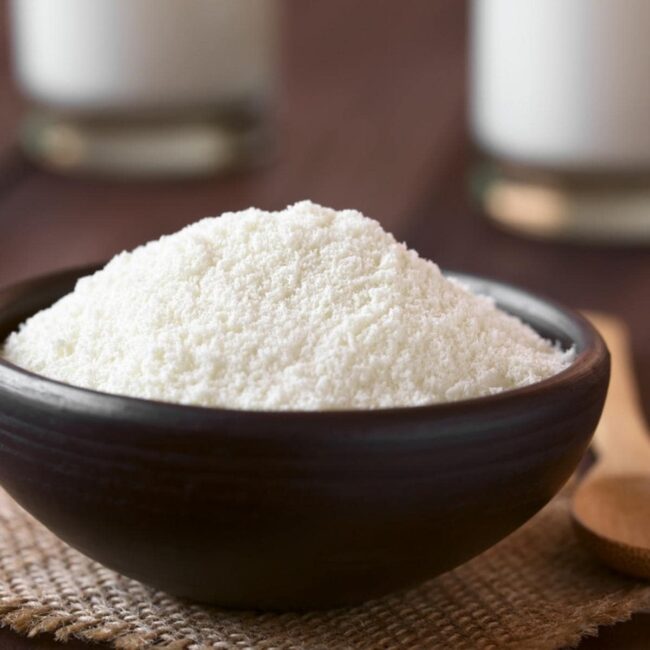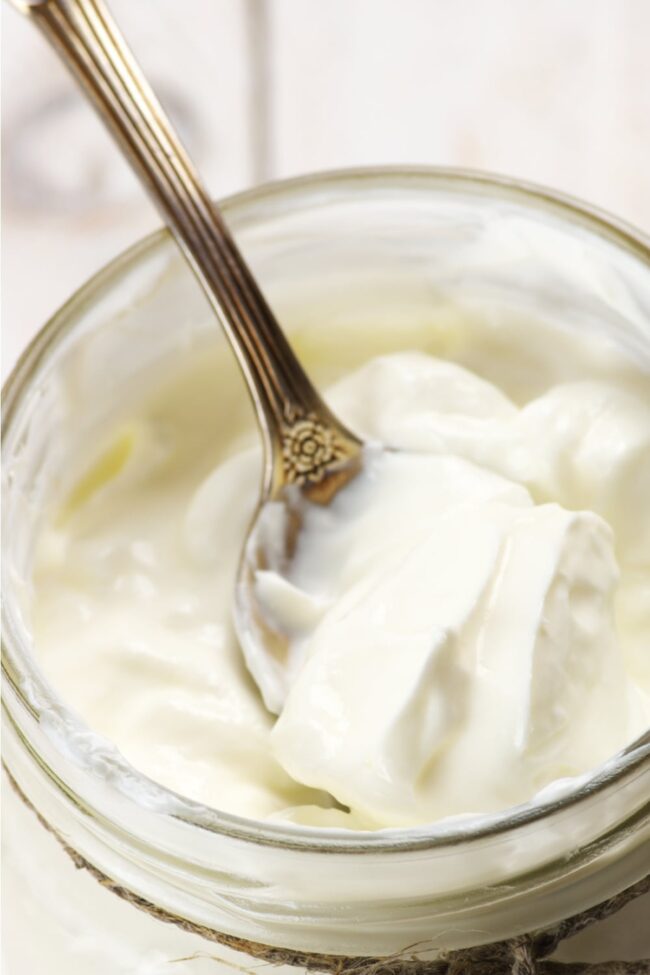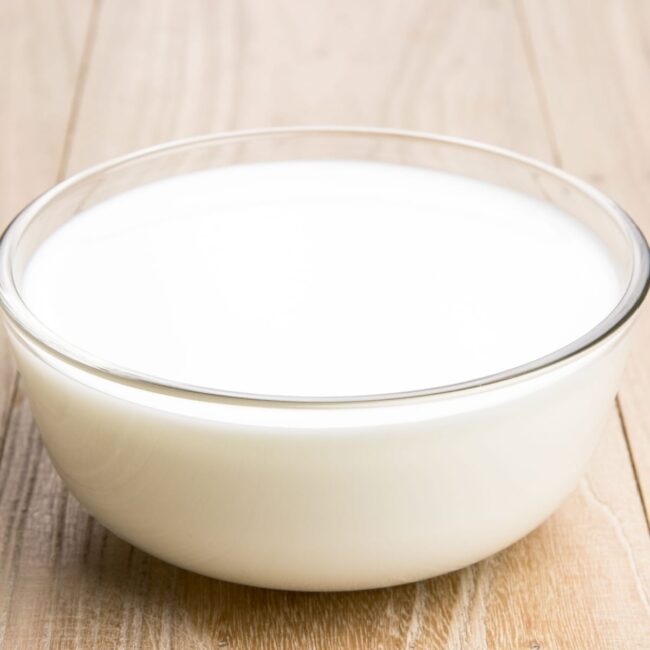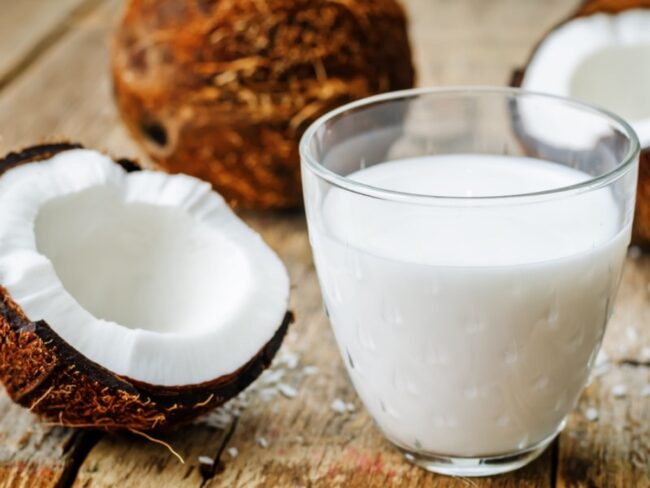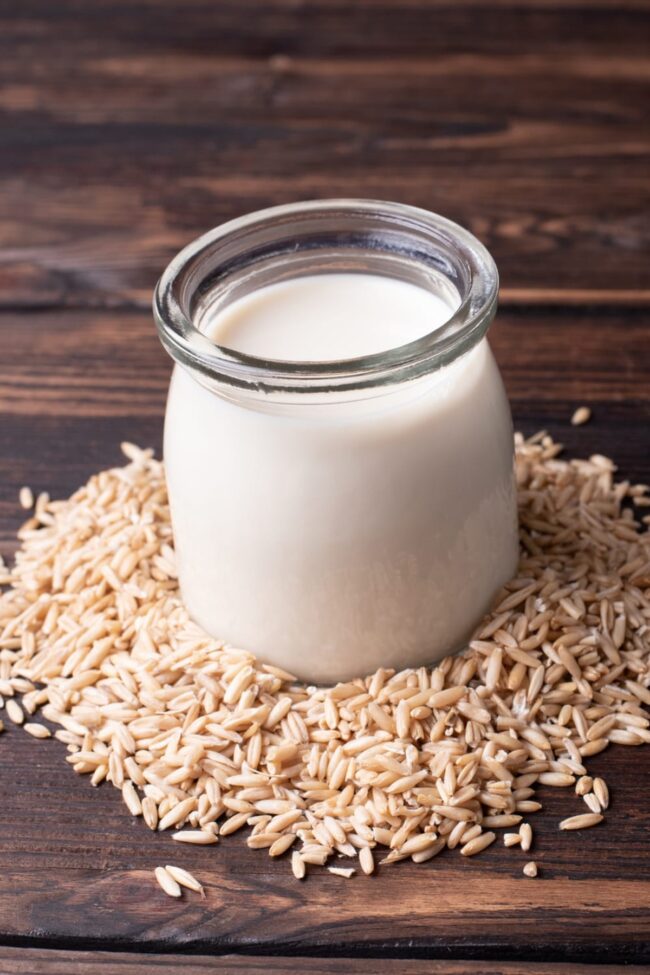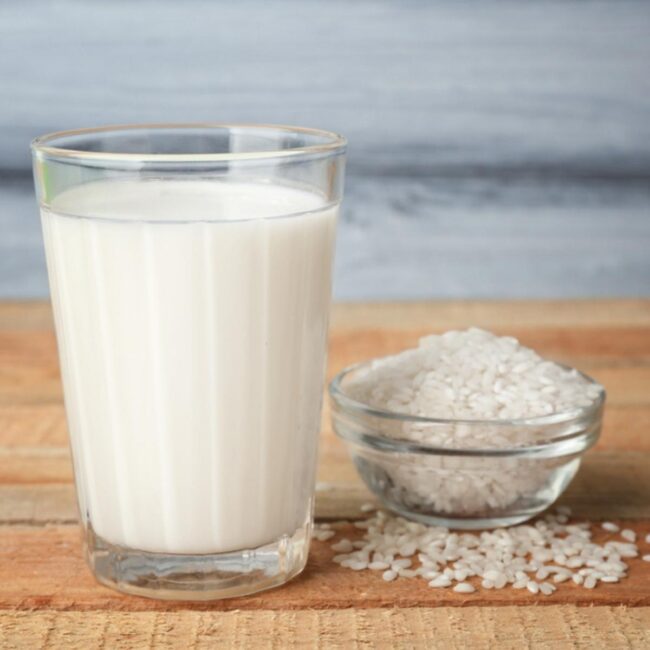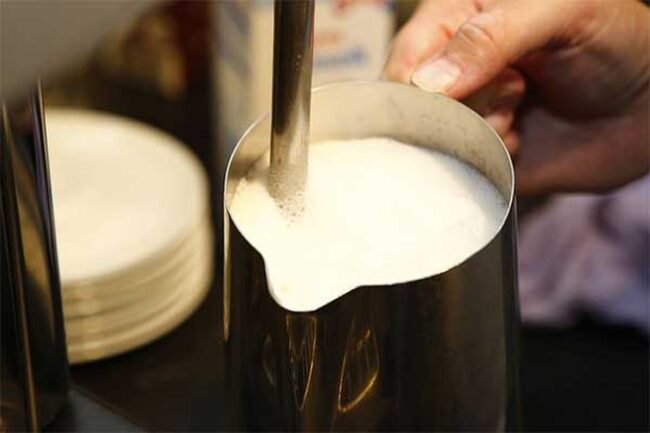8 Best Evaporated Milk Substitutes for Cooking
Evaporated milk replacements make it easy to achieve the same rich texture and creamy flavor in your recipes.
These alternatives work seamlessly in both sweet and savory dishes, providing flexibility and convenience.
By adjusting the liquid content, you can maintain the desired consistency in your cooking.
Preparing your favorite meals becomes stress-free with these options.
Evaporated Milk and Its Uses
Evaporated milk is a concentrated dairy product, with about 60% of its water content removed.
It comes in a can and offers a rich, creamy texture that enhances various recipes.
This ingredient shines in both sweet and savory dishes, from smoothies to sauces.
When looking for alternatives, dietary needs play an important role; plant-based options are widely available to suit different preferences.
Flavor profiles also vary among substitutes; some may blend seamlessly into your dish while others could alter the overall taste experience dramatically.
Evaporated Milk Substitutes for Creamy Dishes
Evaporated milk substitutes offer creamy, concentrated flavors for recipes. Here are choices that suit baking, sauces, or beverages without altering the results.
Powdered Milk
Powdered milk serves as a fantastic alternative in many dishes.
The dehydration process gives it a long shelf life, perfect for those who want to keep their pantry stocked without worrying about spoilage.
Mixing powdered milk with warm water achieves that creamy texture similar to evaporated milk, enhancing both flavor and nutrition in recipes.
A smooth blend is essential; lumps can disrupt the consistency you aim for in your cooking or baking.
Versatility shines through as this ingredient can be used in everything from sauces to desserts, opening up new culinary opportunities at home.
Heavy Cream
Heavy cream serves as a versatile ingredient in many recipes, offering a thick texture that complements various dishes.
This rich alternative can elevate the flavor profile of soups and sauces, enhancing their overall appeal.
When baking, its creamy consistency adds moisture and depth to cakes and pastries.
A noticeable richness comes through in the final taste, making it an excellent choice for those seeking indulgence in their meals.
While heavier than some alternatives, its ability to transform everyday recipes remains unmatched.
Half and Half
Half and half offers a creamy blend of milk and cream, delivering a luscious texture to your dishes.
When you need to replace evaporated milk, this mixture works well in equal measure.
A thicker consistency enhances recipes, providing a richer flavor without overwhelming the original taste.
Combining it with whole milk may be beneficial for certain recipes; checking your recipe’s needs ensures the perfect balance.
Quick and easy to prepare, having half and half on hand can elevate everyday cooking moments effortlessly.
Sour Cream
Sour cream serves as an unexpected yet effective alternative in various recipes that typically require milk.
Its natural acidity introduces a rich creaminess, enhancing the texture of baked goods.
This ingredient works well when combined with baking powder, ensuring a proper balance in your dish.
Equal parts sour cream can substitute for not just evaporated milk but also for options like buttermilk and whole milk.
Trying this method opens up new avenues for flavor and consistency that might surprise you in your culinary adventures.
Coconut Milk
Coconut milk serves as an excellent non-dairy substitute for evaporated milk, offering a rich and creamy texture.
Using it in a 1:1 ratio works seamlessly in various recipes.
A distinct coconut flavor accompanies this alternative, which can enhance some dishes while potentially overwhelming others.
Evaluating how this taste might influence your final creation is essential before making the switch.
For those seeking a milder option, exploring other substitutes might be beneficial to maintain the intended flavor profile of your dish.
Oat Milk
Oat milk serves as a versatile dairy-free substitute for evaporated milk in various recipes.
You can either buy it from stores or whip up your own at home with just oats and water.
Homemade versions are quick to make, allowing you to customize the flavor and thickness according to your needs.
Store-bought options often pack more nutrients, making them a reliable choice if you're after health benefits.
Adjusting the consistency by heating or whipping ensures that oat milk mimics evaporated milk perfectly for all your cooking adventures.
Rice Milk
Rice milk serves as a fantastic alternative for those avoiding regular or soy milk.
It’s easy to prepare at home with just soaked rice and water, making it accessible for many.
When using rice milk in desserts or baking, adjustments might be necessary due to its thinner consistency compared to evaporated milk.
Heating the rice milk helps reduce water content, enhancing its texture for various recipes.
Additional ingredients like sweetened condensed milk or non-dairy options can further thicken it and create a richer flavor profile that enhances your culinary creations.
Soy Milk
Soy milk serves as an excellent plant-based alternative to evaporated milk, offering similar nutritional benefits.
A simple simmering process reduces it by about 60%, resulting in a creamy substitute.
For every three cups of soy milk you start with, the end product yields roughly one cup of evaporated milk consistency.
While the flavors differ slightly, incorporating this into recipes often masks any noticeable variations.
Always check for allergies before using soy products to ensure everyone can safely enjoy your dishes.
DIY Evaporated Milk Recipe
Creating your own version of evaporated milk at home can be surprisingly easy.
By heating regular milk in a saucepan, you reduce it down to a concentrated form that’s just as effective in recipes.
Whole, skimmed, or even 1% milk works well for this process; choose whatever you have on hand.
For those who prefer dairy-free options, simply use an alternative like almond or oat milk and follow the same steps to achieve a similar result.
This DIY method offers flexibility while ensuring your cooking stays on track without missing any key ingredients.

